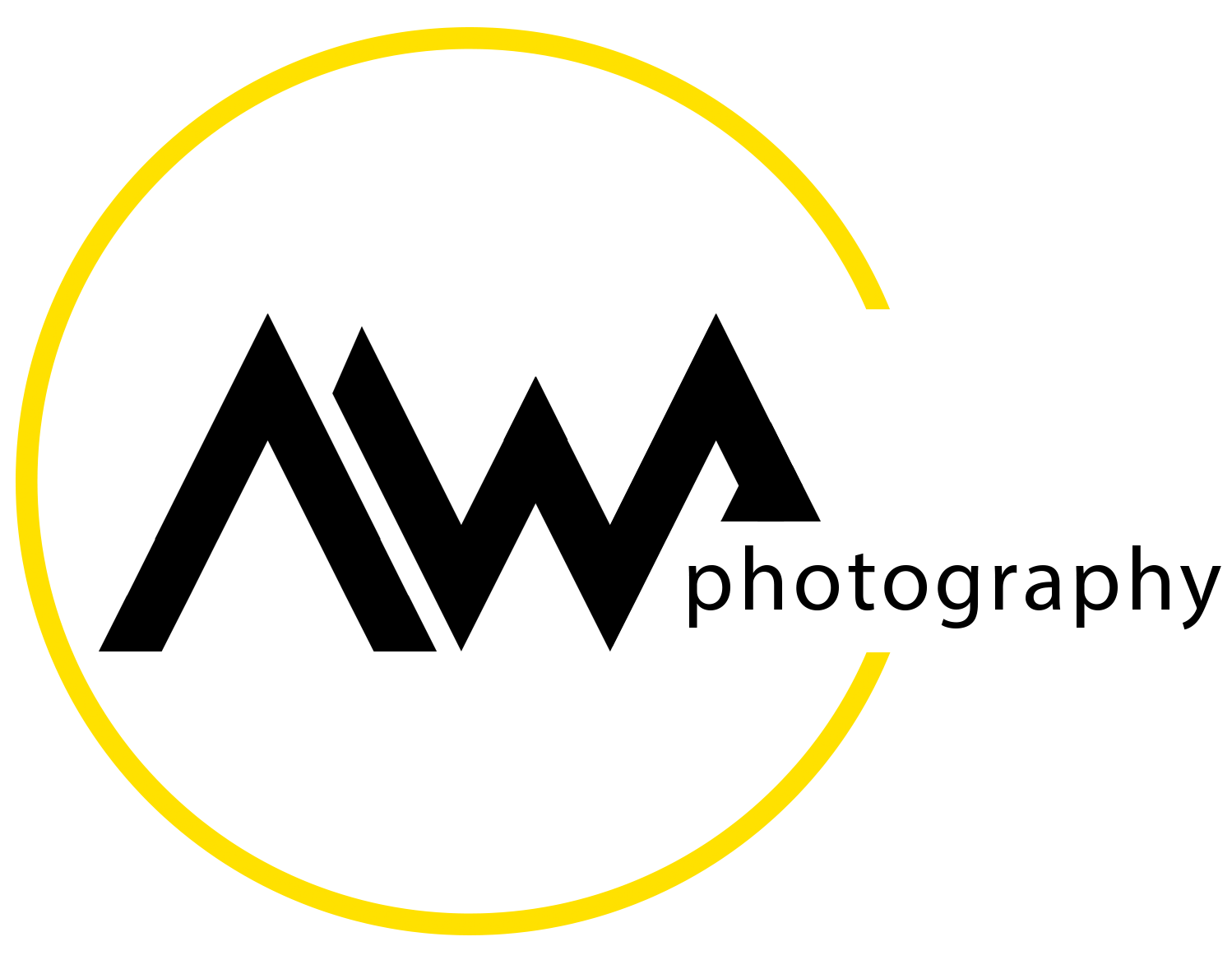Flash in Photography - Part II
/So much flash…
… and so little time!
Read on to get the rundown of what we cover in this second video article on flash photography. It is a continuation of Lighting for Photography, Part VI - Flash II.
beauty dish portrait
Hello all and welcome back to Allan Walls Photography.
As always, I’d like to shout a huge thanks to my wonderful Patreon supporters and to those generous patrons who have made donations through my donation page (https://www.allanwallsphotography.com/donations). None of this would be possible without your support!
If you would like to support my efforts and help keep the videos coming, please consider signing up as a Patreon patron, which can be done by going to https://patreon.com/allanwallsphotography. I could certainly use your help!
a very simple macro flash setup
This the second video on the subject of flash, the sixth part of the Lighting for Photography Series. We pick up right where we left off and discuss the important matter of flash duration, and how our flash devices are synchronized with our cameras. I explain why built in flash is really only useful as an optical flash trigger and why moving our speedlights off the camera is such a useful creative tool. We look at flash triggering and discuss several techniques for modifying on-camera flash to expand the lighting options available. I break down the staggering variety of light modifiers that are available for speedlights and studio flash units, and spend some time considering how flash can be used in field and studio macro macro photography.
Despite having said that I wouldn’t do it, I throw in a few basic guiding principles for setting up flash lighting and provide some practical tips for buying the right kind of flash solutions for your particular style of photography. It is rather a lot of information, but I hope you find it useful.
Enjoy the video, and keep reading if you would like to know more about the equipment discussed in the video.
Below are several links that you may find helpful if you are interested in adding any of the equipment discussed in the video to your own collection. Please be aware that, as an Amazon Associate I earn from qualifying purchases. Some of the links presented below are paid links.
For information and links regarding the Paul C. Buff Einstein studio strobe or the Godox V860II speedlights shown in this video, please see Part I of this video article.
I referred several times to the triggering device I use with my Godox speedlights. It has been flawless performer for me and I rely heavily on its proximity setting to allow me to control multiple speedlights in the close quarters of my macro cage. I recommend this device highly! This is the Nikon version of the X1, but Godox also makes the same trigger for all the other major camera brands.
When I am using any of my Paul C. Buff studio lights, my trigger of choice is the Pocket Wizard. They make a wide variety of triggers, but the ones I have been using for the last few years are the Plus III devices. When bought mine, this package with two triggers was not around, unfortunately. I use one on my D850 and the other on my PCB Einstein. The Einstein optically triggers any other lights I am using in a given setup. These are the best studio triggers I have ever owned.
My go-to modifiers are my DIY scrims, but when I am shooting portraits I like the look I get from a large octabox, like this very reasonably priced collapsible 36” modifier from Neewer. I use their smaller, collapsing soft box (shown below) with my speedlights. They are perfect for outdoor use when I have to travel light. Make sure you get the right adapter for your particular studio heads!
My beauty dish is a DIY version that I have been very happy with (and I loved the cost - almost nothing), but if you aren’t in the mood for drilling holes in metal mixing bowls, this is a really excellent and very affordable dish from Neewer. I have used this one on location and love that is comes with a diffusion panel. A great bargain in light modifiers! It compares favorably to beauty dishes costing many times the price.
The small soft boxes I use for both field and studio macro shooting are made by Altura. I have a dozen of these, in several different sizes, and they are the most compact and versatile macro diffuser boxes I have ever used. Another real bargain, too!
There is only one remaining video in the Lighting for Photography series and that will be a deeper dive into everything to do with lighting for macro photography. That video will also include my macro lighting best practices, so it should be of particular interest to those of us who have been bitten by the macro bug.
Until next time, stay safe and be well!
All the best,
Allan









